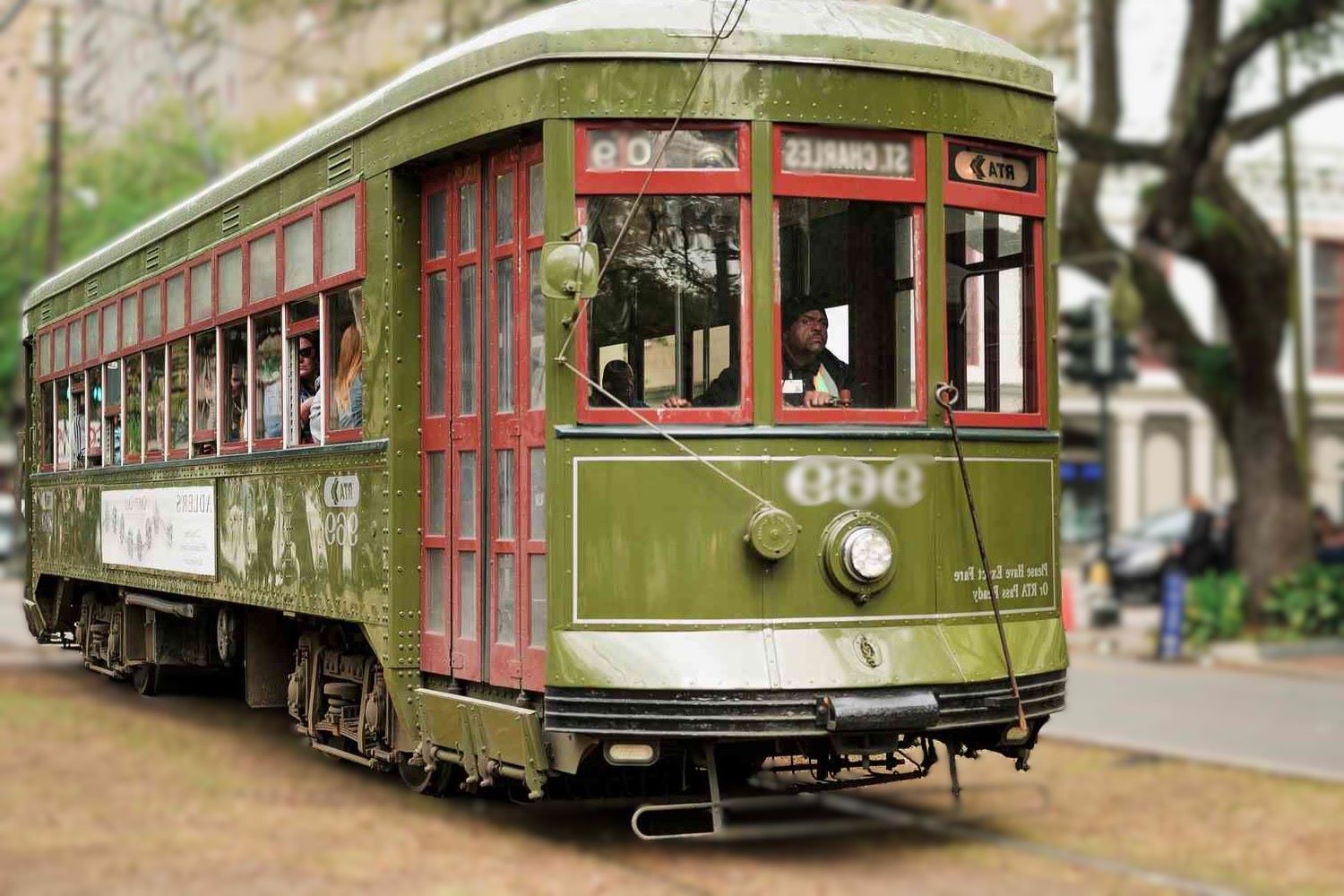The Intriguing Story Behind New Orleans’ Streetcars

Have you ever wondered about the history of New Orleans' streetcars? These iconic vehicles have been rolling through the city since the 19th century, becoming a beloved part of its culture. The St. Charles Avenue Line, the oldest continuously operating streetcar line in the world, offers a charming ride through oak-lined streets and historic neighborhoods. Each streetcar tells a story, from the early horse-drawn versions to the electric-powered ones we see today. Whether you're a local or a visitor, riding a New Orleans streetcar is like stepping back in time. Ready to learn more about this fascinating piece of history?
The Birth of New Orleans' Streetcars
New Orleans' streetcars have a rich history dating back to the 19th century. These iconic vehicles have become a symbol of the city, offering both locals and tourists a unique way to experience its charm.
The First Streetcar Line
- St. Charles Avenue Line: The St. Charles Avenue Line, established in 1835, is the oldest continuously operating streetcar line in the world. It runs through the Garden District, showcasing beautiful oak trees and historic mansions.
Expansion and Popularity
As the city grew, so did the streetcar network. New lines were added to connect different neighborhoods, making travel more convenient for residents.
New Lines and Routes
Canal Street Line: Opened in 1861, the Canal Street Line became one of the busiest routes. It connects the French Quarter to Mid-City, passing by landmarks like the Saenger Theatre and the New Orleans Museum of Art.
Riverfront Line: Introduced in 1988, the Riverfront Line offers scenic views of the Mississippi River. It runs from the French Market to the Convention Center, providing easy access to popular attractions like the Audubon Aquarium of the Americas.
The Decline and Revival
The mid-20th century saw a decline in streetcar usage due to the rise of automobiles. However, efforts to preserve and restore these historic vehicles began in the late 20th century.
Preservation Efforts
Historic Car 900: One of the original Perley Thomas streetcars, Car 900, was restored and returned to service in the 1990s. It now operates on the St. Charles Avenue Line, offering a nostalgic ride through history.
Heritage Streetcar Line: In 2004, the Heritage Streetcar Line was introduced to celebrate the city's streetcar legacy. It features vintage streetcars and runs along the Canal Street Line, allowing passengers to experience a piece of New Orleans' past.
Modern-Day Streetcars
Today, New Orleans' streetcars continue to be a vital part of the city's public transportation system. They offer a blend of history and modern convenience.
Current Operations
Loyola Avenue Line: Launched in 2013, the Loyola Avenue Line connects the Union Passenger Terminal to the Central Business District. It provides a convenient route for commuters and visitors alike.
Rampart-St. Claude Line: Opened in 2016, this line extends from the French Quarter to the Marigny and Bywater neighborhoods. It offers easy access to vibrant areas known for their music, art, and culture.
The Last Stop on Our Streetcar Journey
New Orleans' streetcars are more than just a mode of transport. They are a living piece of history that tells the story of the city. From the St. Charles Avenue Line to the Riverfront Line, each route offers a unique glimpse into the past and present of New Orleans. Riding these streetcars is like stepping back in time while still being part of the vibrant life of the city. Whether you're a local or a visitor, hopping on a streetcar is a must-do experience. It’s a simple, affordable way to see the sights and feel the heartbeat of New Orleans. So next time you’re in the city, don’t miss the chance to ride these iconic streetcars. They are truly a treasure on wheels.

